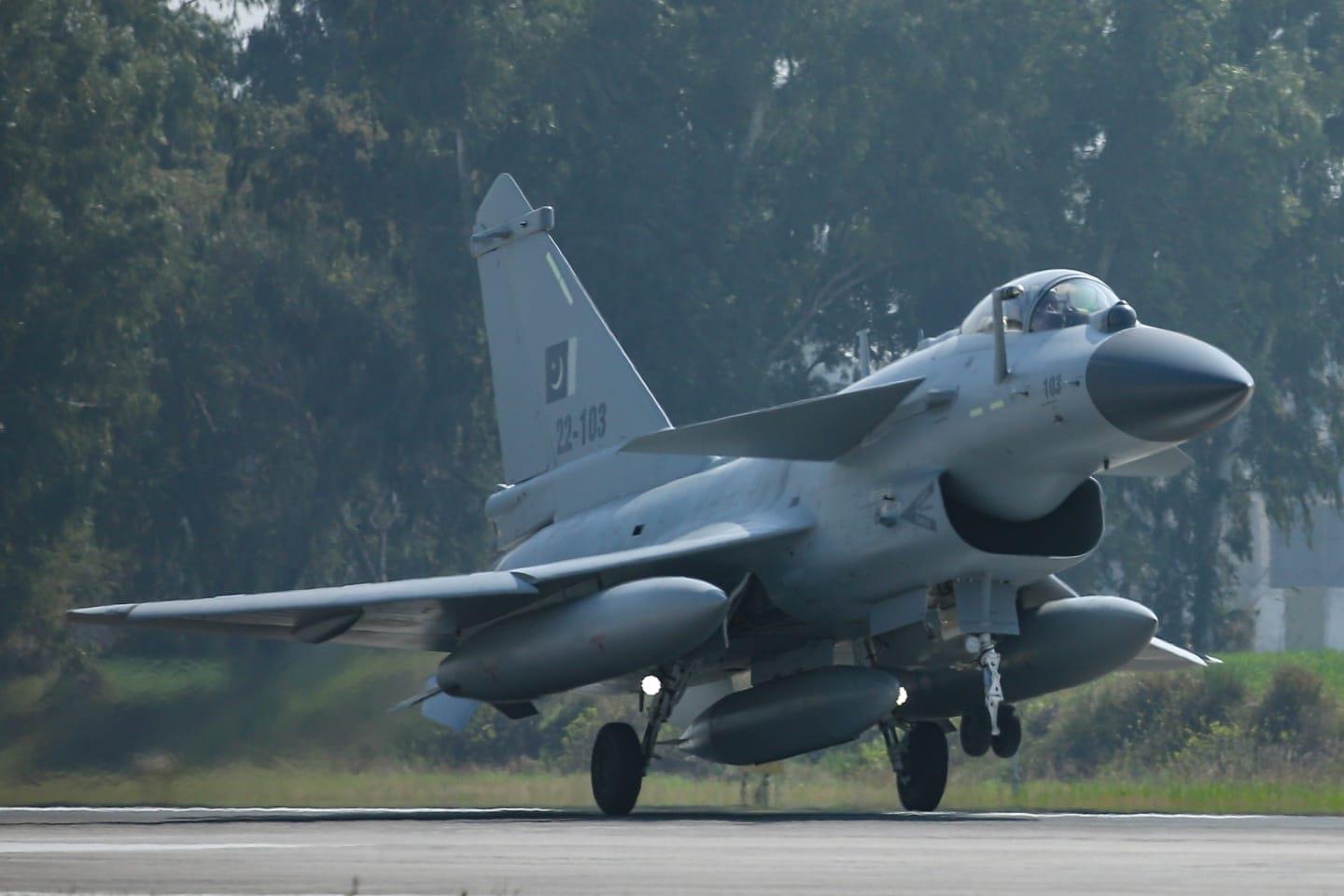Hanwha Ocean has formed partnerships with three Canadian companies as the South Korean shipbuilder aims to strengthen its position in the upcoming Canadian Patrol Submarine Project competition. Vice Chairman Kwon Hyuk-woong is leading Hanwha Ocean’s efforts to secure a contract for Canada’s submarine initiative.
Hanwha Ocean and Hanwha Aerospace were the sole Korean representatives at CANSEC, Canada's premier defense exhibition. To bolster their submarine business, Hanwha Ocean signed agreements with CAE Inc., Curtiss-Wright Indal Technologies, and GASTOPS. The signing ceremony included key representatives from each company, alongside Yong Ook Lee, Executive Vice President and Head of Hanwha Ocean’s Naval Ship Business Unit.
Previously, Hanwha Ocean had established relationships with several companies, including CAE Inc., during the ‘Deep Blue Forum 2023,’ a specialized submarine forum. At CANSEC, Hanwha Ocean further solidified its partnership with CAE Inc. by signing a Teaming Agreement, an advanced form of collaboration beyond a Memorandum of Understanding (MOU).
Additionally, MOUs were signed with Curtiss-Wright Indal Technologies for towed array sonar systems and with GASTOPS for propulsion system control, modeling, and simulation. The involved companies committed to merging their technological expertise and experience, aiming to enhance cooperation in Canada's submarine sector through technology exchange, joint research and development, and market expansion.
The Canadian government is currently working on a new submarine acquisition project to replace its four Victoria-class submarines to improve its maritime capabilities.
Hanwha Ocean, a prominent name in South Korea, is globally acclaimed for its advanced submarine technology. It stands as the fifth country to export submarines and the eighth to develop 3,000-ton class submarines independently. The Jangbogo-III (KSS-III) submarine, featuring an Air-Independent Propulsion (AIP) system combined with lithium-ion batteries, is renowned for its powerful armament and prolonged underwater endurance among diesel-powered submarines. Hanwha Ocean aims to lead Canada’s patrol submarine project by participating in the design, construction, and logistics support through its advanced technology and collaboration with Canadian companies.
Yong Ook Lee commented, “The Teaming Agreement and MOUs are pivotal in expanding Hanwha Ocean’s technological capabilities and partnerships with Canadian companies in the submarine industry. We are committed to developing optimal solutions with local Canadian companies, enhancing the Korean defense industry through increased maritime defense exports.”
Meanwhile, CANSEC, Canada’s largest defense exhibition, is held annually in Ottawa. This year, Hanwha Ocean, along with Hanwha Aerospace, participated as a Diamond Sponsor, showcasing a range of maritime and land solutions, including the Jangbogo-III (KSS-III) submarine and the K-9 SPH, highlighting their integrated defense capabilities.






:quality(70)/cloudfront-us-east-1.images.arcpublishing.com/archetype/UXGSWPEZJVC6FPJXGDXG7QVOWU.jpg)